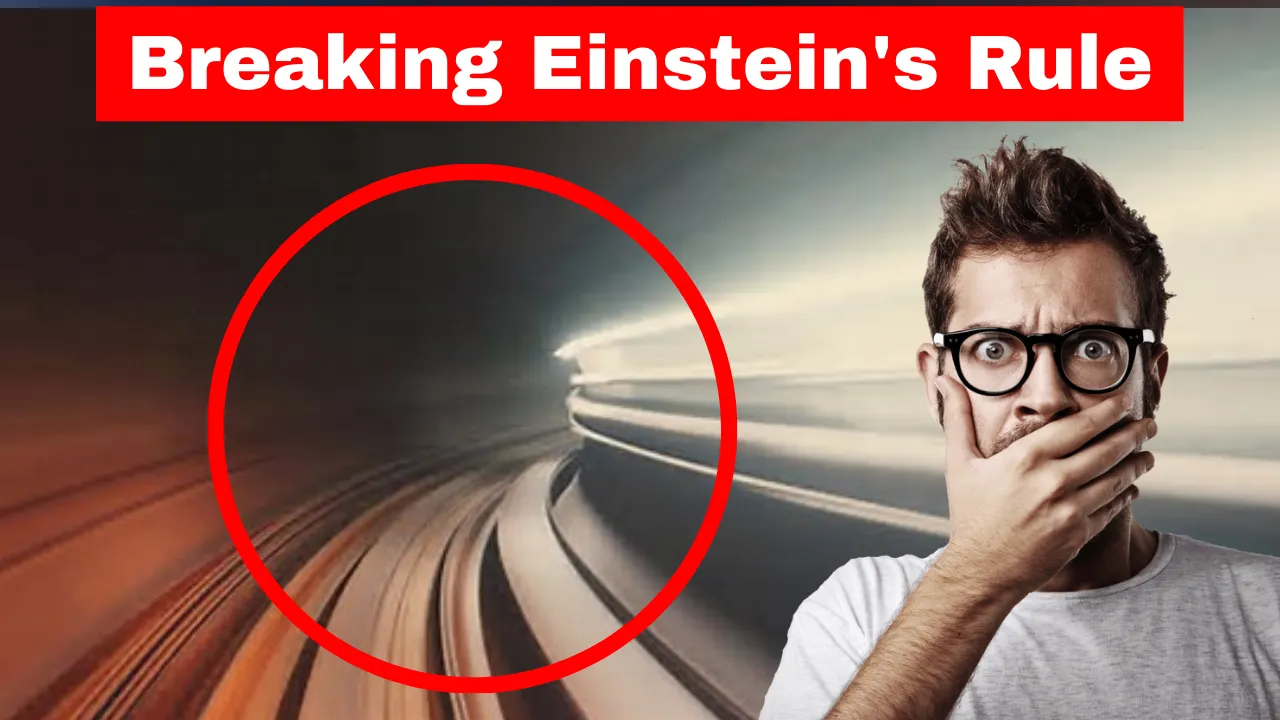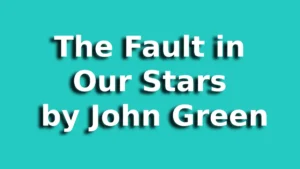In the realm of physics, the cosmic speed limit set by the constancy of light has long been an immovable boundary. Einstein’s special theory of relativity dictates that as an object approaches the speed of light, time dilates, rendering it frozen from its perspective. Venturing even faster into the unknown territory would seemingly lead to baffling paradoxes, including time reversal and causal conundrums.

However, recent research, conducted jointly by scholars from the University of Warsaw in Poland and the National University of Singapore, challenges this age-old maxim. Published in the prestigious journal Classical and Quantum Gravity, their study introduces a novel perspective—an “extension of special relativity.” This unorthodox approach involves melding three dimensions of time with a solitary dimension of space, forming a “1+3 space-time,” distinct from our accustomed three dimensions of space and one dimension of time.
Intriguingly, this audacious theory does not sow the seeds of logical inconsistency. Instead, it tantalizingly suggests that objects might evade light’s shackles, attaining velocities surpassing its limit, without entirely shattering our existing understanding of physics.
Physicist Andrzej Dragan of the University of Warsaw elucidated, “There is no fundamental reason why observers moving in relation to the described physical systems with speeds greater than the speed of light should not be subject to it.”
This audacious endeavor builds upon prior work by the same researchers, where the notion of superluminal perspectives harmonizes quantum mechanics with Einstein’s special theory of relativity. These two branches of physics, thus far irreconcilable, find common ground through this radical proposal, potentially unifying the description of gravity with other fundamental forces.
In this fresh framework, particles can no longer be envisioned as mere points in space. Instead, they take on a new form, resembling bubbles expanding through space—a concept akin to waves rippling through a field. Remarkably, these high-speed particles would traverse multiple timelines, painting a complex picture of reality.
Even as this theory dares to breach light’s boundary, the speed of light’s constancy remains intact for all observers, including those surging beyond its confines. This fundamental tenet, once synonymous with observers moving slower than light, now extends its dominion to those moving faster—a testament to the theory’s coherence.
Physicist Krzysztof Turzyński, from the University of Warsaw, reflects, “This new definition preserves Einstein’s postulate of constancy of the speed of light in vacuum even for superluminal observers… Our extended special relativity does not seem like a particularly extravagant idea.”
Nonetheless, this paradigm shift introduces new queries even as it resolves existing puzzles. The researchers acknowledge the necessity of embracing a 1+3 space-time framework to accommodate faster-than-light reference frames. This journey might entail delving into quantum field theory—a synthesis of special relativity, quantum mechanics, and classical field theory.
Should this audacious proposition hold merit, the particles of the universe could harbor extraordinary traits within this expanded special relativity. While the tantalizing question of empirical validation looms, the path to uncovering these revelations demands time and collaboration, possibly involving the amalgamation of pioneering experimental techniques.
In the words of physicist Krzysztof Turzyński, “The mere experimental discovery of a new fundamental particle is a feat worthy of the Nobel Prize and feasible in a large research team using the latest experimental techniques.”
Ultimately, this pursuit holds potential not only to reshape our understanding of the universe’s fabric but also to deepen our comprehension of enigmatic phenomena such as spontaneous symmetry breaking, a phenomenon integral to the Higgs particle and the Standard Model, especially during the universe’s formative stages.
As science marches forward, the horizon of possibility broadens, and the frontiers of knowledge beckon—ushering us into a realm where the unfathomable may become comprehensible, and where the limits of light’s dominion might just yield to a more intricate truth.








